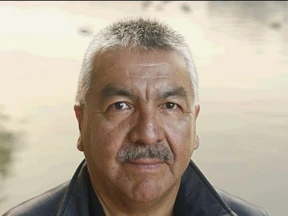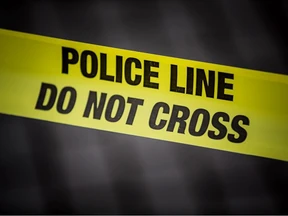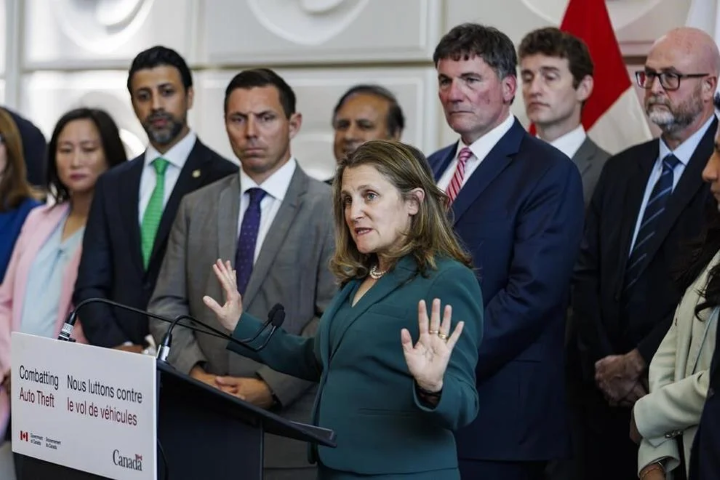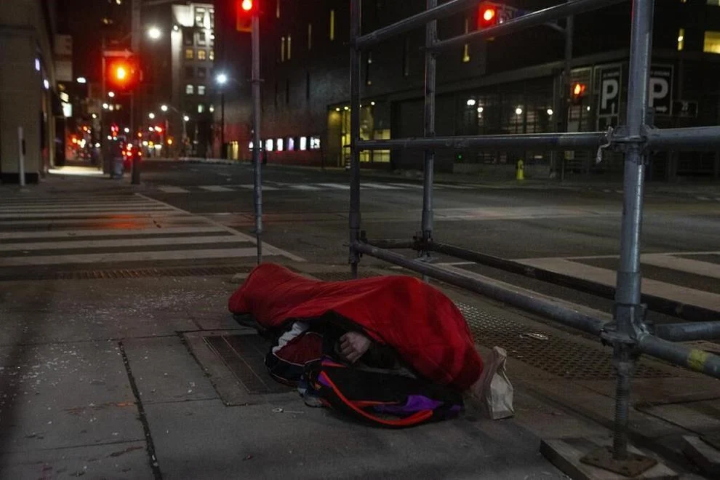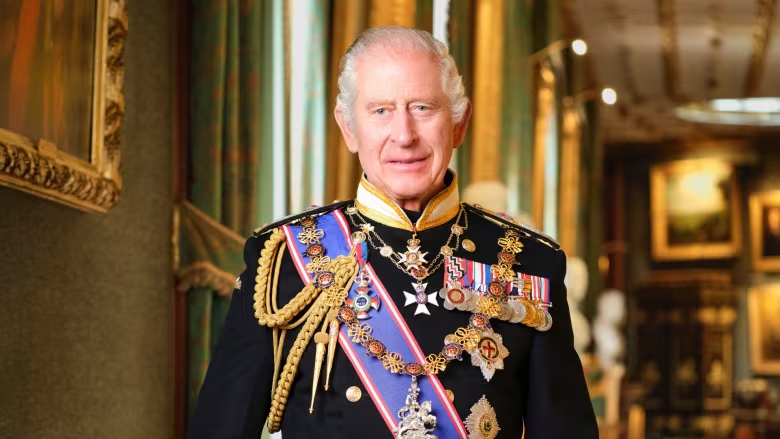
In January, the official portrait of King Charles in a Royal Navy uniform at Windsor Castle was unveiled by the U.K. However, Canada has yet to release its portrait, despite 550 days having passed since the King's accession to the throne. The photograph, captured by Hugo Burnand and distributed by the Royal Household, showcases the King in a significant moment, yet Canada's portrayal of its monarch remains pending.
The anticipation surrounding the release of King Charles's official Canadian portrait continues to mount as the federal government remains silent, even 550 days after Queen Elizabeth's passing and his ascension to the throne. This delay has stirred concern among monarchists, especially in light of Charles's ongoing battle with cancer.
Traditionally, the Department of Canadian Heritage is tasked with creating a uniquely Canadian portrait of the reigning monarch, reflecting their status as the head of state. However, despite the passage of time, the government's official website still displays portraits of the late Queen Elizabeth and her husband, Prince Philip.
The Monarchist League of Canada, which collaborates with Canadian Heritage on distributing these portraits, has expressed frustration over the lack of progress. Robert Finch, the League's chairman, voiced bewilderment at the delay, emphasizing the simplicity of the task and the importance of maintaining a connection with the monarchy.
With Charles's health condition in mind, Finch underscored the urgency of releasing the portrait, emphasizing the need for an official representation of the reigning monarch, especially during uncertain times.
Despite inquiries, Canadian Heritage remains tight-lipped about the portrait's release, merely stating that it will be made available "in due course." Meanwhile, various initiatives, such as stamps and coins featuring King Charles, have proceeded, albeit without the awaited portrait.
While Canada grapples with this delay, the United Kingdom has already unveiled its version of Charles's portrait, accompanied by a substantial budget for widespread distribution. This stark contrast prompts scrutiny over government spending and priorities, with some questioning the appropriateness of lavish expenditures on royal endeavours.
Critics argue that such expenses divert resources from pressing societal needs, highlighting previous expenditures on royal visits and celebrations. Nonetheless, proponents like Finch stress the significance of royal symbols in maintaining national identity and constitutional traditions.
As Canadians await the long-overdue portrait, the lingering question remains: When will King Charles's official image grace the walls of Canadian institutions, bridging the gap between tradition and modernity?






